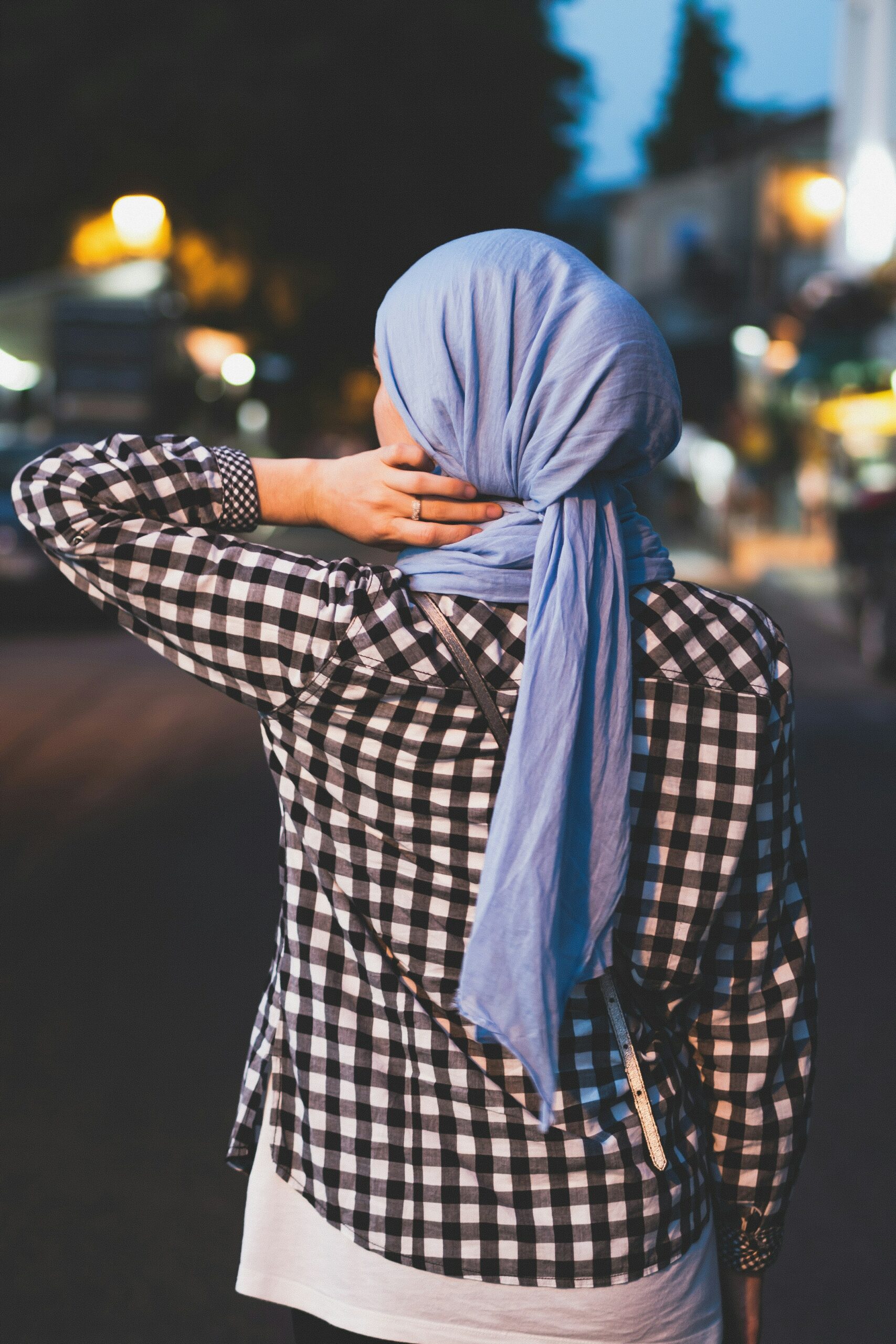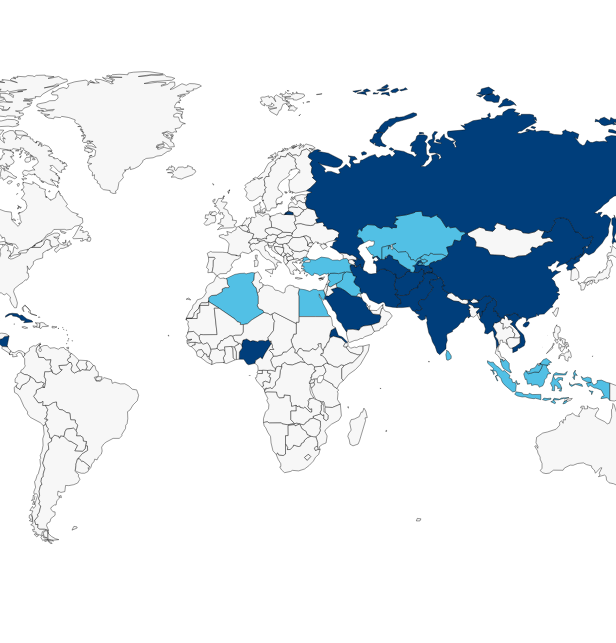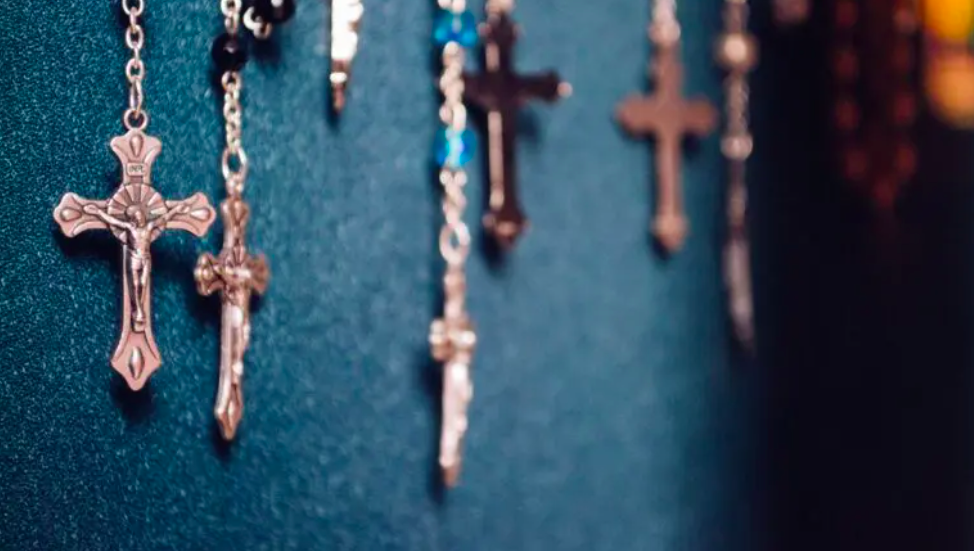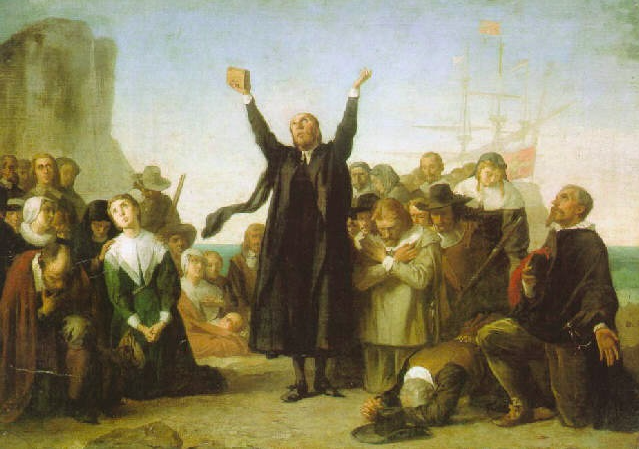With primaries already under way, the future of religious freedom is one of many significant issues at stake in the upcoming presidential election. This week Cornerstone asks contributors to comment on how our new president could shape religious freedom policy by reflecting on the following questions: What are the various candidates’ records on religious freedom within the United States and around the world? What domestic and international religious freedom issues are candidates likely to prioritize, and how important are these issues to voters?
By: Engy Abdelkader
This presidential election season we’ve paid much attention to the anti-Muslim ideas some presidential candidates like Donald Trump spew—and rightfully so.
Most political candidates would never dare make such utterances about any other religious minority group.
Still, in the midst of the vitriol and alarming political rhetoric, an intriguing phenomenon has appeared: the emergence of American Muslim women.
And, as America heads to the polls, perhaps Muslim women are the winners in the 2016 presidential campaign.
Before you scoff, let me explain.
First, Remaz Abdelgader, a senior at George Mason University, got Bernie Sanders to address Islamophobia last November. The aspiring human rights attorney observed: “As an American Muslim student who aspires to change this world, hearing the rhetoric that’s going on in the media makes me sick…So to the next president of the United States, what do you think about that?”
The audience erupted in applause. In response, Sanders committed to combating Islamophobia and invited Abdelgader, who challenged stereotypes that Muslim women are silenced and submissive, to the stage.
Next, Rose Hamid attended a Trump rally in January to protest Islamophobia. In a piece she penned for CNN, the 56-year-old flight attendant explained that she was prompted by a sense of “responsibility to represent my faith and my country with clarity and dignity.”
In contrast to stereotypes depicting Muslims as violent and angry, Hamid responded to Islamophobia with a smile. When a Trump supporter asked whether she had a bomb, she simply smiled and retorted, “No, do you?”
And, when another demanded she leave, she smiled again and asked, “You don’t know me, why would you say something like that?”
More recently, at a Democratic presidential town hall in Iowa, another Muslim woman, Erum Tariq-Munir, posed a probing question about the prevailing climate of Islamophobia confronting American Muslims.
Identifying herself as a retired Air Force veteran, and thereby challenging stubborn misconceptions of Muslims as disloyal and suspicious, Tariq-Munir asked whether our country was still the best place for her to raise her chidlren.
And Hillary Clinton denounced the way Trump has spoken about Muslims as “shameful,” “harmful,” and “dangerous.”
Most recently, Nabela Noor posed this question at a GOP debate last month in Iowa.
“In 2015, the number of hate crimes against Muslims in the U.S. has tripled…As president, what would you do to address this toxic climate and promote increased tolerance in the United States?”
She later explained her motivation, “…the way things are now with the cultural landscape—it’s scary, it’s frightening. It made me think that I needed to use my voice.”
So, why do I mention these examples? First, these women are holding our presidential candidates accountable for a political climate that undermines their freedom of religion. And, one can’t help but believe that they’re having a positive impact.
As of January, some polls show that Americans hold increasingly unfavorable views of Trump.
Second, these women are educating the public about their community and its concerns. Research shows that Americans still hold negative views about Muslims generally and, more specifically, their treatment of women.
According to an analysis conducted by Georgetown University’s Bridge Initiative of 20 years of survey data, one in five Americans hold unfavorable views of Muslims, and about 70 percent of Americans don’t think Muslims respect women.
In fact, half of Americans think Muslim women enjoy a lower social standing than men in the United States despite evidence that shows Muslim women are second only to Jewish women in educational levels among religious women.
Each of these Muslim women—an articulate college student and aspiring human rights attorney, a courageous flight attendant, a retired Air Force vet and mom, and a popular fashion guru—help foster greater understanding about American Muslim identity and experiences.
Through their civic engagement (widely lauded as an American value) and religious attire or statements (identifying their faith beliefs to huge audiences), they show how these multiple identities can be reconciled.
Finally, each of these women provide a much-needed counternarrative to negative depictions found in mainstream media. Research from MediaTenor, an international research institute, shows that nine out of 10 news stories about Muslims and Islam in the United States, Germany, and United Kingdom now involve violence: war or terrorism. In 2015, Muslim newsmakers were largely terrorists or warlords.
Significantly, Rema Abdelgader, Rose Hamid, Erum Tariq-Munir and Nabela Noor are representative of the peaceful majority of American Muslims whose stories don’t always make our TV or computer screens. Everyday Muslims, without a political track record, these women are making news here and around the world, in a good way.
Unlike the three Muslim women who were told to move out of a photographer’s shot during President Barack Obama’s 2008 run for the White House, American Muslim women are center stage this election season, representing their faith community, challenging Islamophobia and shining.
Engy Abdelkader is faculty at Georgetown University’s Edmund A. Walsh School of Foreign Service, where she teaches courses on international terrorism and human rights as well as civil liberties and national security.
This piece originally appeared on CNN.com on March 1, 2016. It was later republished on March 3, 2016 for the Religious Freedom Project at Georgetown’s Berkley Center for Religion, Peace, and World Affairs.
THE RFI BLOG

Myths of Religious Nationalism in America and Abroad

France’s Olympic Hijab Ban Violates International Law And Exacerbates Tensions

RFI Briefs USCIRF on Lessons from 25 Years of U.S. Designating Religious Freedom Violators

Thought Police: Protecting the People from Prayer

A Religious “Delaware”: Establishing a State Haven for Religious Corporations
CORNERSTONE FORUM

Challenges to Religious Freedom in Iraq and the Critical Need for Action

Public Bioethics & the Failure of Expressive Individualism

Religious Liberty in American Higher Education

Scotland’s Kate Forbes and the March of Secularism


